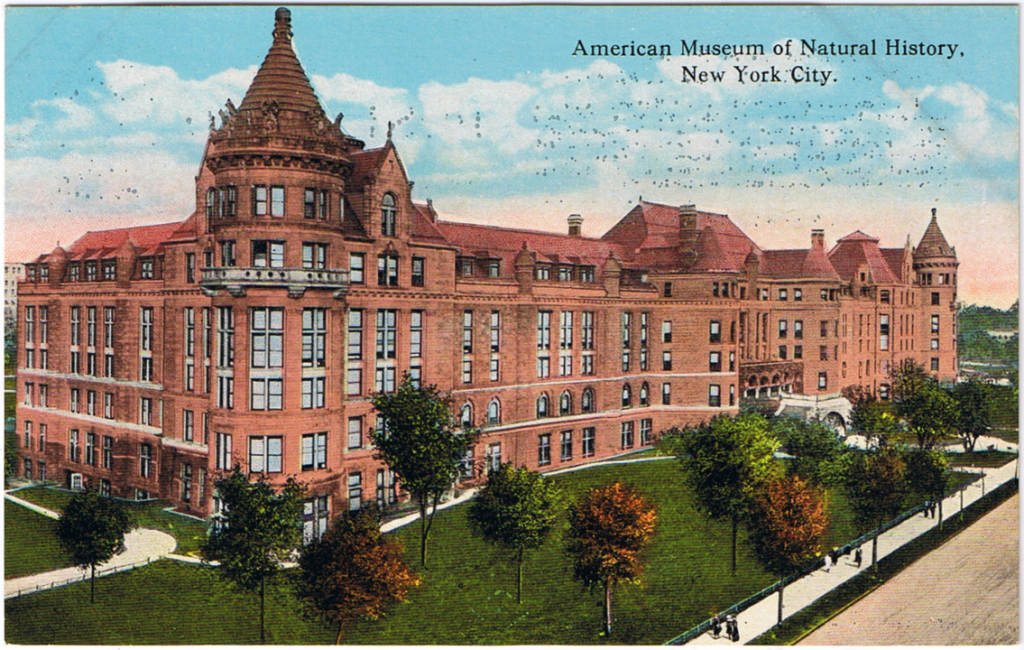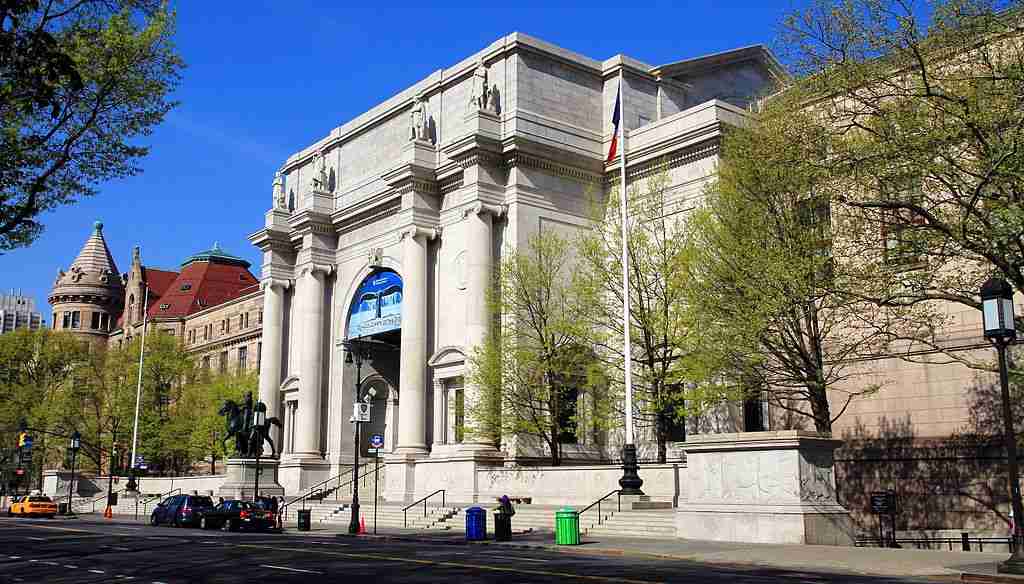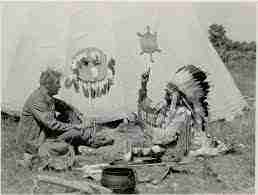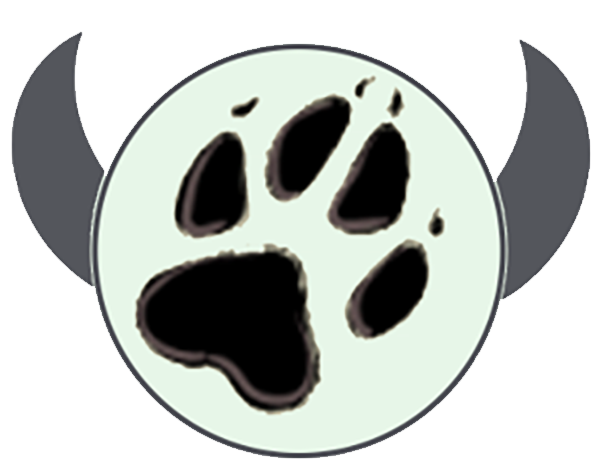


Seton was closely associated with the American Museum of Natural History at 200 Central Park West in New York City from his earliest days in New York.
He studied and worked alongside AMNH scientists, several of whom he collaborated with and became close friends. Among his AMNH colleagues were Frank Chapman, a leading ornithologist of the day, and later Clyde Fisher, who would ultimately achieve lasting recognition as the first director of the Hayden Planetarium at the Museum, a position now held by Neal deGrasse Tyson.
Clyde Fisher was co-leader of the 1927 Woodcraft Expedition. The expedition began in Bismarck, North Dakota, including a visit to Standing Rock and traveled southwest through South Dakota and Wyoming to Estes Park, Colorado, and Rocky Mountain National Park, and then into New Mexico, where they visited many pueblos in New Mexico and Arizona from a headquarters in Santa Fe. At the time, Fisher was curator of visual instruction at the museum and a pioneer in documentary films. The trip was intended to study Indian dance and Indian Sign Language. He took extensive footage and still photographs on the trip. Fisher produced a film entitled Camping Among the Indians for the museum, which documents Indian dancers at Standing Rock and various pueblos and at the Gallup Intertribal Ceremonial. Unfortunately, another film he created on Indian Sign Talk has been lost for many years.
While there are currently no items on public display, the Museum’s collections include a large amount of Seton-related items, including the originals of his journals, photographs, artwork, and other material.
